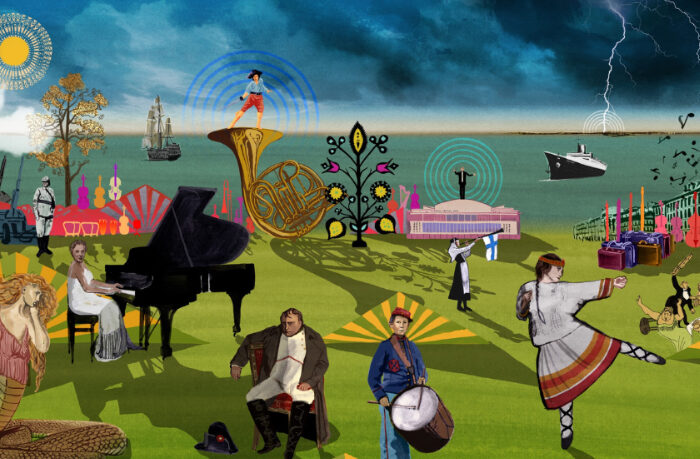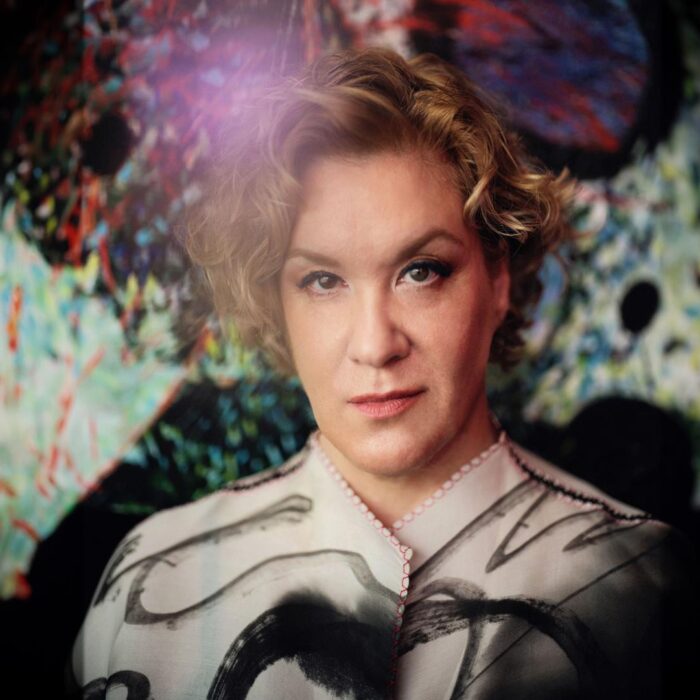
Lincoln Center to Celebrate Juneteenth with ‘I Dream a Dream That Dreams Back at Me’
By Logan MartellLincoln Center for the Performing Arts has announced a newly commissioned performance that commemorates Juneteenth, titled “I Dream a Dream That Dreams Back at Me, a Juneteenth Celebration.”
The performance is conceived and curated by award-winning poet and artist Carl Hancock Rux, and will unfold across four parts of the Lincoln Center campus on June 19, 2021. It is presented as part of their Restart Stages program, which is also part of the SNF-Lincoln Center Agora Initiative with the Stavros Niarchos Foundation; the initiative turns outdoor spaces into stages where artistic and community endeavors can take place.
Audiences will begin at the Hearst Plaza for “Part I Prelude: Doctrine of Three Angels,” which chronicles the journey and work of Harriet Tubman. Vocalists Nona Hendryx, Marcelle Davies-Lashley, and Kimberly Nichole will perform original music by Vernon Reid and Nona Hendryx, with lyrics by Lynn Nottage; the performers will wear original paper dresses created by interdisciplinary artist Dianne Smith.
“Part II Consecration: One Tall Angel Say,” will see vocalist Helga Davis performing her interpretation of a deconstructed National Anthem, which questions the true meaning of freedom. “Part III In Service: Another River On The Other Side,” will take place in Damrosch Park, with Toshi Reagon blending her style of rock, blues, and R&B in an encapsulation of the journey so far, and ending in a proclamation of emancipation for the 21st century. Reagon and her band will be joined by the rest of the artists for the conclusion “Part IV Postlude/Benediction: Freedom Is A Strong Seed.”
“When I was asked by Lincoln Center to craft a program for Juneteenth, I gave careful consideration to this annual celebration that began when enslaved peoples were finally informed (two years after Lincoln’s Emancipation Proclamation) that they were ‘free.’ The importance of an annual celebration that enables us to learn about the history and understand our past—where we came from and how we got where we are today—is without question,” said Carl Hancock Rux. “Slavery in the United States is not only a part of American history but of the world. It is very hard for many of us to understand how and why slavery happened in America. Yet, this history of human bondage and eventual emancipation makes me wonder if in fact any of us can be made free until we are all free of the ideological values of racism and injustice.
“Curated as sight, sound, and sensory perception this particular dream of ‘freedom’ is carefully constructed from the tattered remnants of abolitionism, and escaped enslaved peoples courageously traversing the shores and deep waters of justice. Perhaps along this journey, all who say they believe in freedom must seek out collective healing; must not get weary as we continuously embark upon our journey to be free.”
Categories
News


